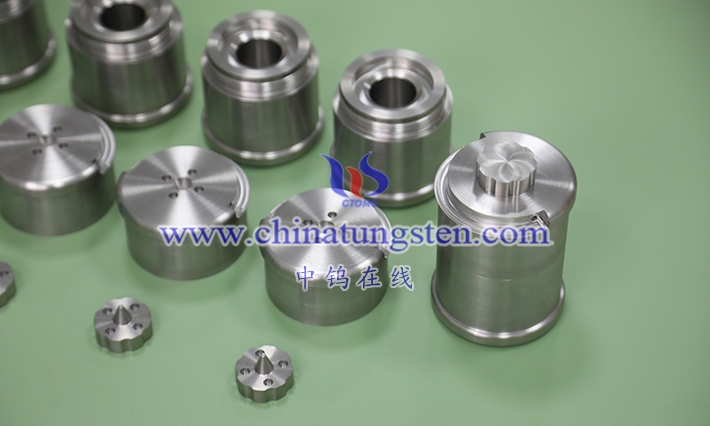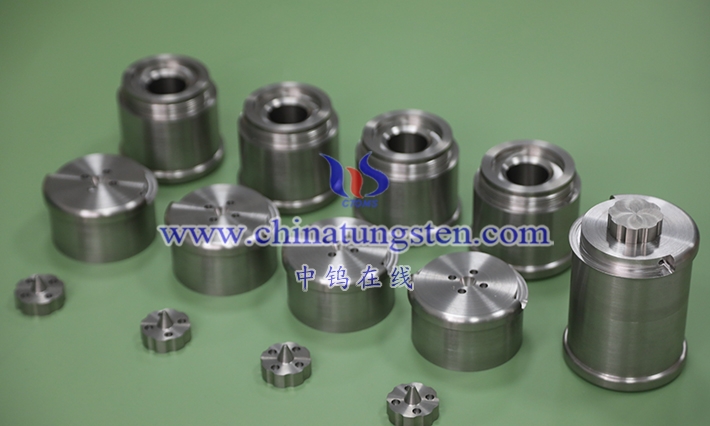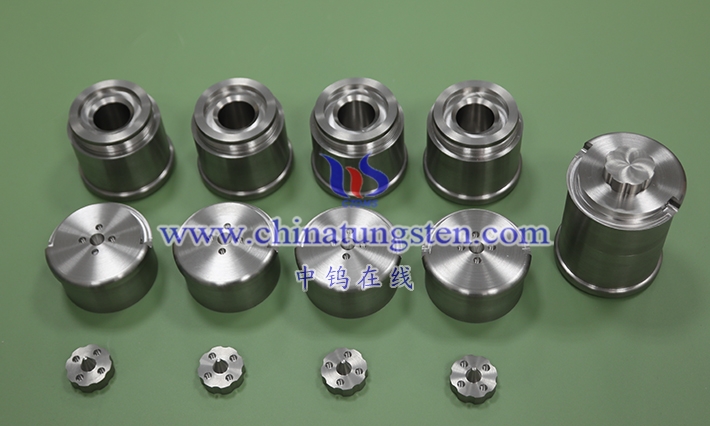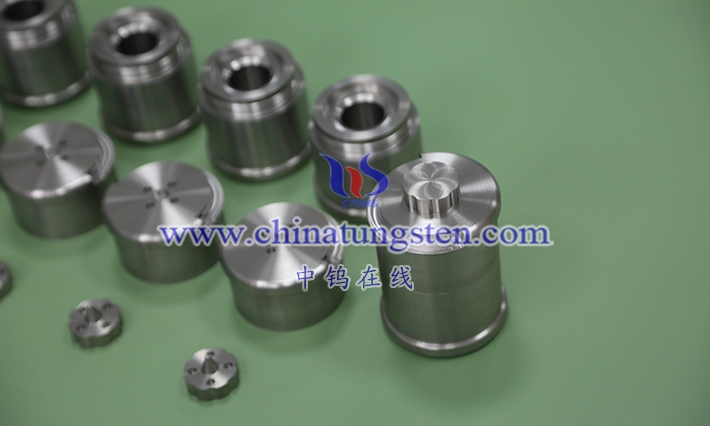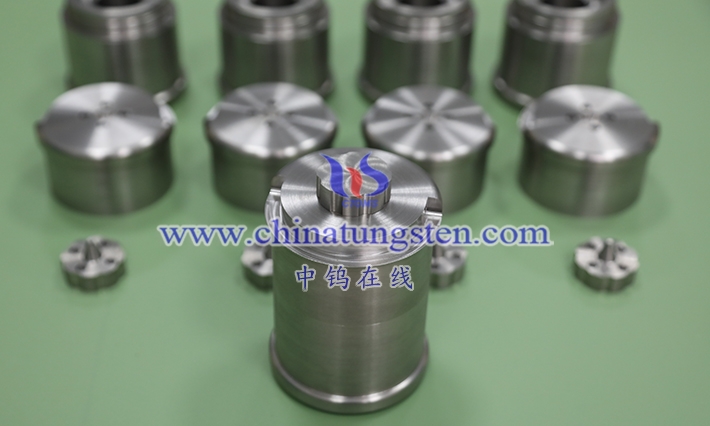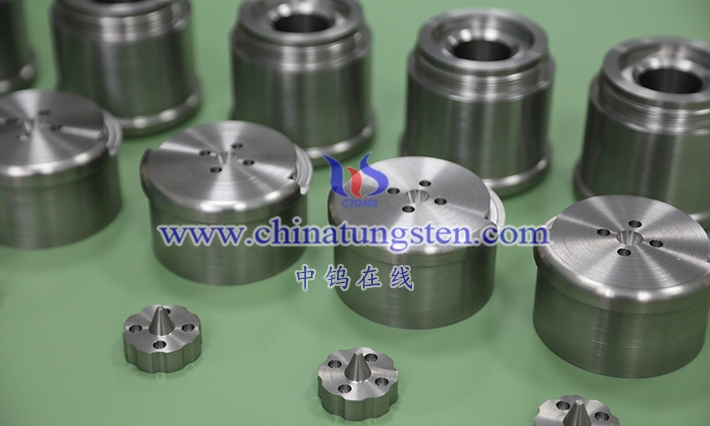Tungsten-copper alloy (W-Cu) has key properties such as high thermal and electrical conductivity, high-temperature resistance, low thermal expansion, and ablation resistance. First, its thermal conductivity reaches 200-400W/m·K, electrical conductivity 30%-50% IACS, combining copper’s excellent conductivity with tungsten’s heat resistance, forming composite advantages suitable for thermal management applications. Second, strong high-temperature resistance, tungsten melting point 3422°C, overall alloy resistant to arc ablation, good oxidation resistance, not softening at high temperatures. Third, low thermal expansion coefficient (6-8×10^-6/K), matching semiconductor materials, reducing thermal stress. Fourth, high strength and wear resistance, density 12-17g/cm³, high hardness, but moderate ductility, copper phase providing toughness. Additionally, non-magnetic and corrosion-resistant, reliable in harsh environments.
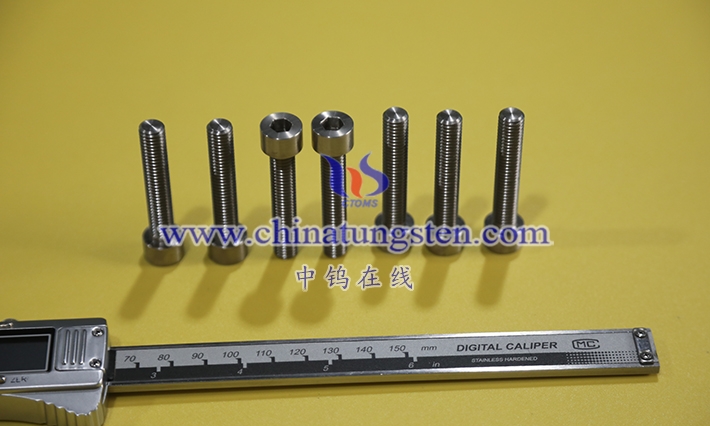
The application scope is broad, including electronics, welding, and aerospace. First, in electronics industry, as heat sinks and electrode screws for high-power LEDs and CPU cooling, ensuring efficient heat conduction. Second, in welding field, as resistance welding electrodes, utilizing ablation resistance and high conductivity, welding copper and aluminum non-ferrous metals, improving lifespan. Third, in aerospace, for rocket nozzle liner fixation screws, withstanding extreme high temperatures and corrosion. Fourth, in medical equipment, as X-ray tube components, combining radiation shielding and thermal conductivity. Overall properties make W-Cu alloy indispensable in high-heat load scenarios, promoting high-performance device development.
